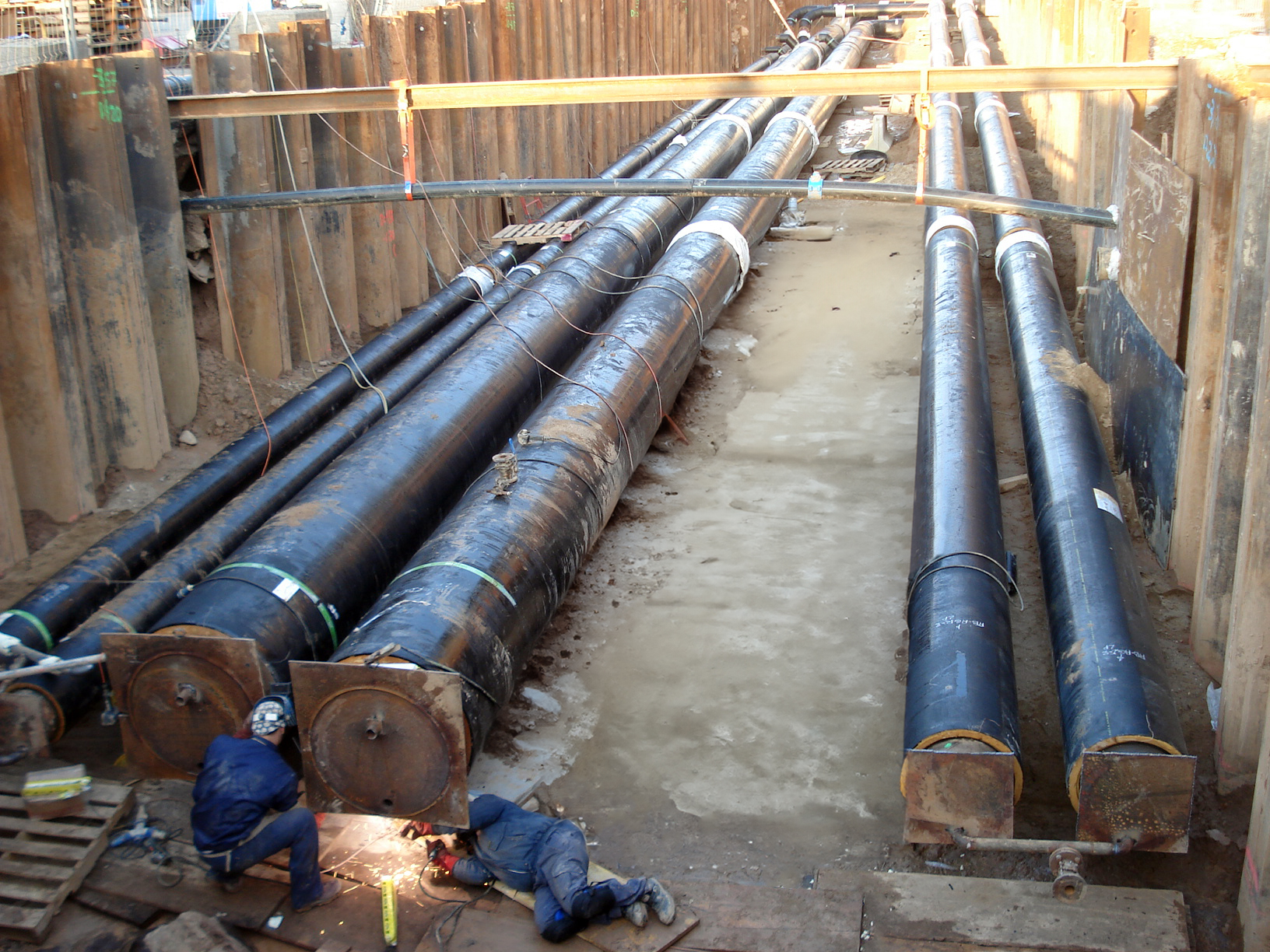Portada » District heating & cooling
District heating & cooling
Heat and cold networks are systems that generate thermal energy (heat and cold) in a centralized production plant and distribute it, through a network system, to all users connected to said network system, satisfying your demand for heating, domestic hot water and cold.
At Agefred we install heat and cold networks, in which the energy fluids are sent to the service users through networks of pipes, normally buried. Clients house only the energy exchange, transfer and measurement unit in their buildings and facilities.

